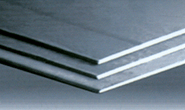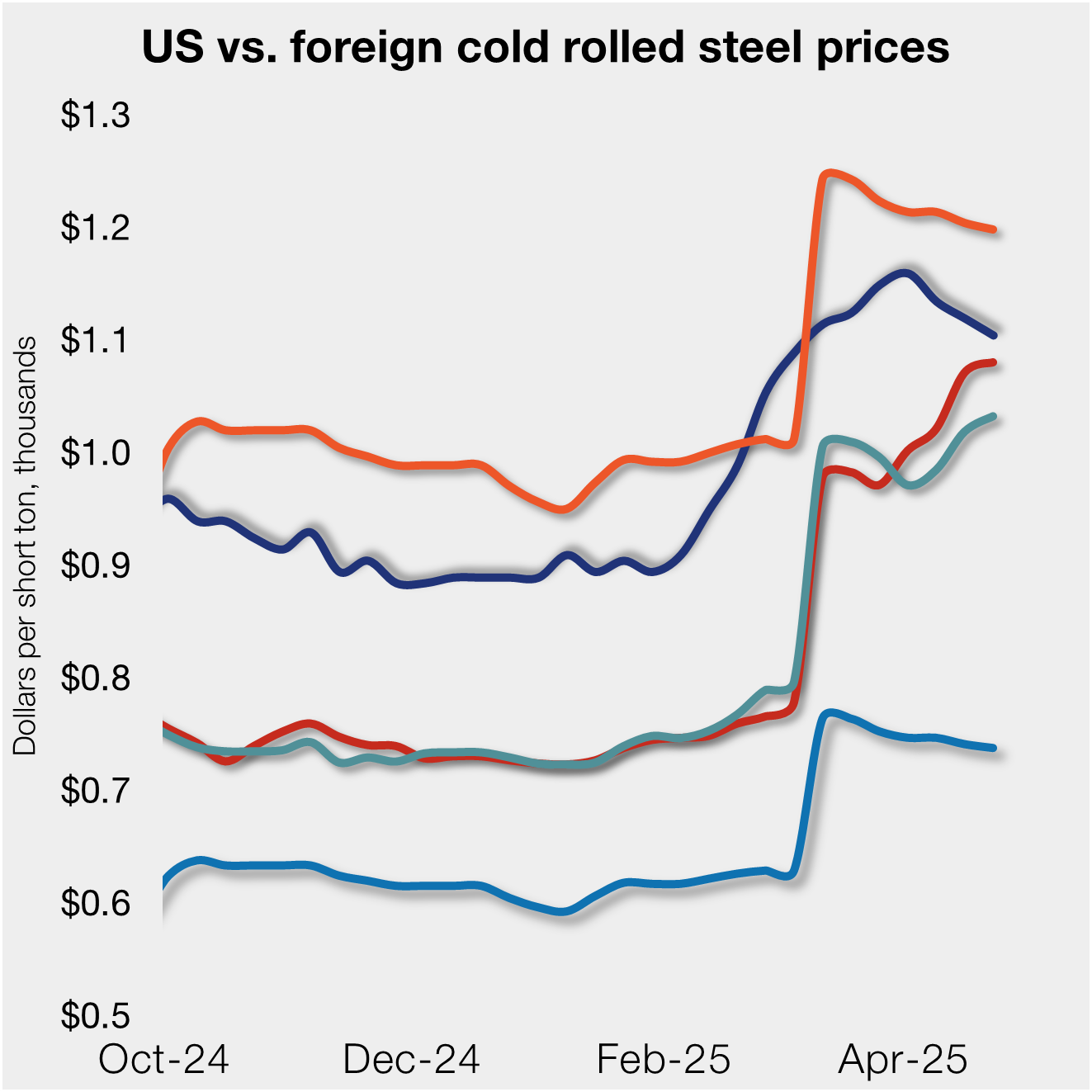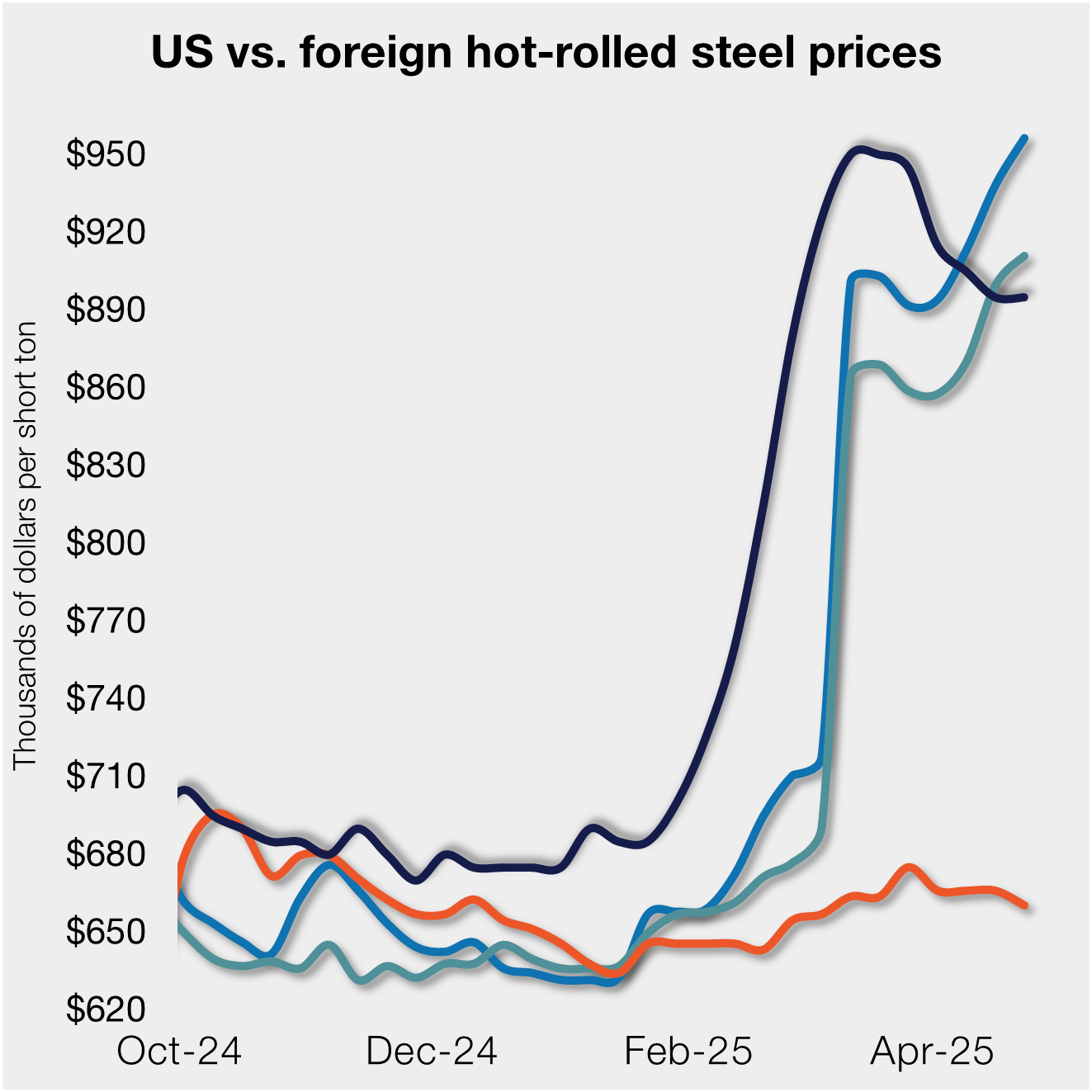Steel Products

Nucor Increases Plate Prices by $70/Ton
Written by Michael Cowden
February 24, 2021
Nucor has increased plate prices by $70 per ton ($3.50/cwt) effective immediately.
The steelmaker’s new ex-works base price for cut-to-length Grade A36 plate is now $1,090 per ton, up from $1,020 per ton a month ago.
![]() The new base price for quenched-and-tempered A514 Grade B is $1,340 per ton, up from $1,270 per ton in late January.
The new base price for quenched-and-tempered A514 Grade B is $1,340 per ton, up from $1,270 per ton in late January.
And Nucor’s new base price for normalized Grade A516-70 material is $1,220 per ton, up from $1,150 per ton previously.
All published adders and extras will be applied, Nucor said in a letter to customers on Wednesday, Feb. 24.
{loadposition reserved_message}
“We reserve the right to review and re-quote any offers that are not confirmed with either a Nucor sales acknowledgement or written acceptance by both parties,” the company said in the letter.
Steel Market Update’s average plate price stands at $1,070 per ton, unchanged from last week but up $60 from $1,010 per ton in late January.
By Michael Cowden, Michael@SteelMarketUpdate.com

Michael Cowden
Read more from Michael CowdenLatest in Steel Products

Nucor maintains plate prices
Nucor aims to keep plate prices flat with the opening of its June order book.

US rig count up, Canada declines
Oil and gas drilling activity was mixed this week, according to Baker Hughes. US rig counts expanded for a second straight week, while Canadian activity continued its seasonal slowdown of eight consecutive weeks.

US, offshore CRC prices continue to diverge
US cold-rolled (CR) coil prices declined again this week, slipping for a third straight week. Most offshore markets did the opposite, moving higher this week.

S232 lifts EU HR price over US, Asian HR still well behind
Domestic hot-rolled coil prices were flat this week after dropping for four straight weeks. Most offshore markets bucked the trend and gained ground.

SMU Steel Demand Index dips into contraction
SMU’s Steel Demand Index has moved into contraction, according to late April indicators. The slowdown comes in response to growing tariff uncertainty after the index reached a four-year high in late February.
